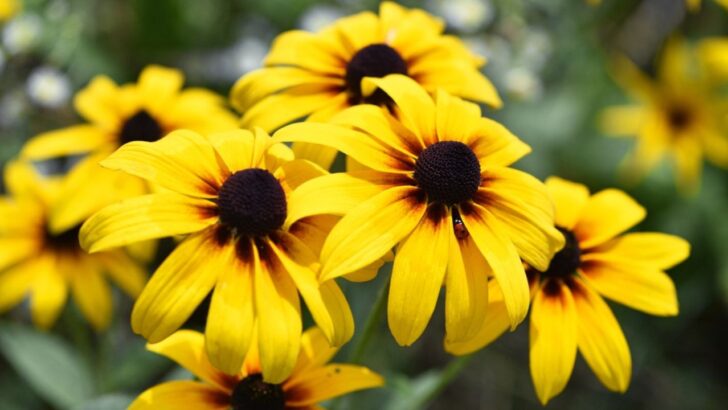Whether they grow in the sun or shade, perennial yellow flowers bring a golden ray of sunshine to the garden. And since they grow back year after year, you don’t have to worry about replanting them every spring to enjoy their beautiful blooms.
Want more bursts of yellow in your garden? Check out these 11 lovely perennial options.
1. Tickseed (Coreopsis spp.)
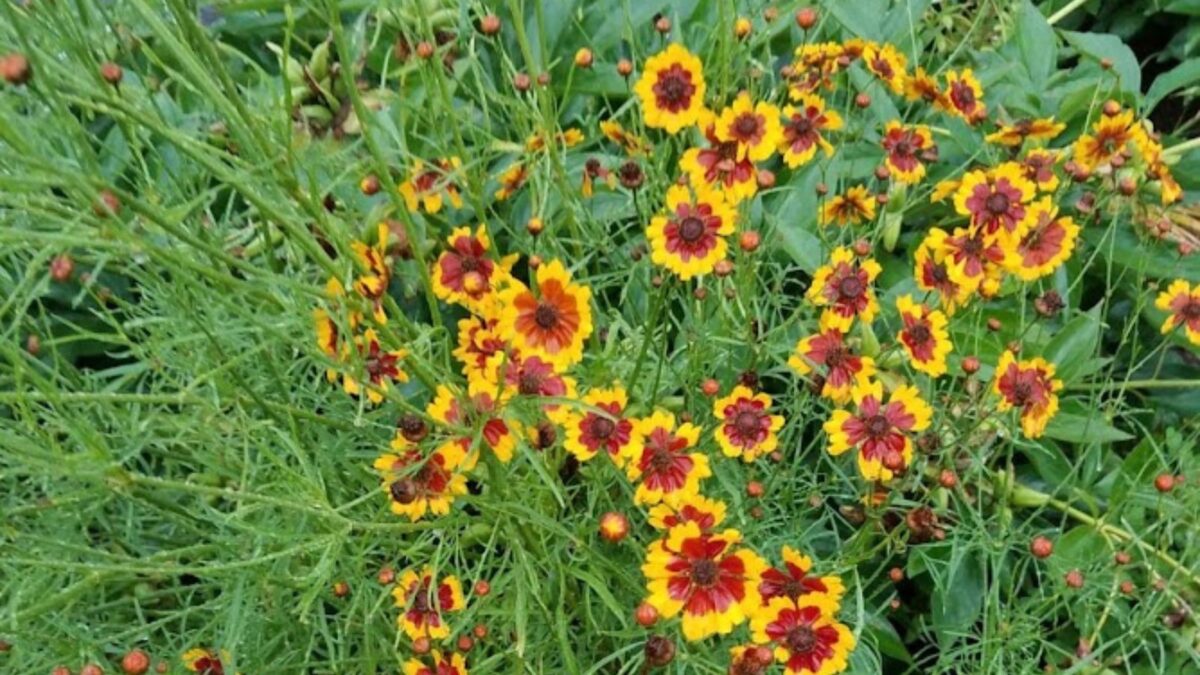
Image credit: Backyard Garden Lover.
The disc-shaped flowers of tickseed typically have eight yellow petals, often notched at the tips, and bloom in spring or early summer. Some species feature a striking reddish band around the eye. With many cultivars and species available, the plants may have anything from ovate to fine, airy foliage.
Most varieties of this native wildflower tolerate drought, heat, and humidity. They typically prefer moist to dry soil with good drainage in full sun and grow in USDA zones 4-9.
2. Jerusalem Sage (Phlomis fruticosa)
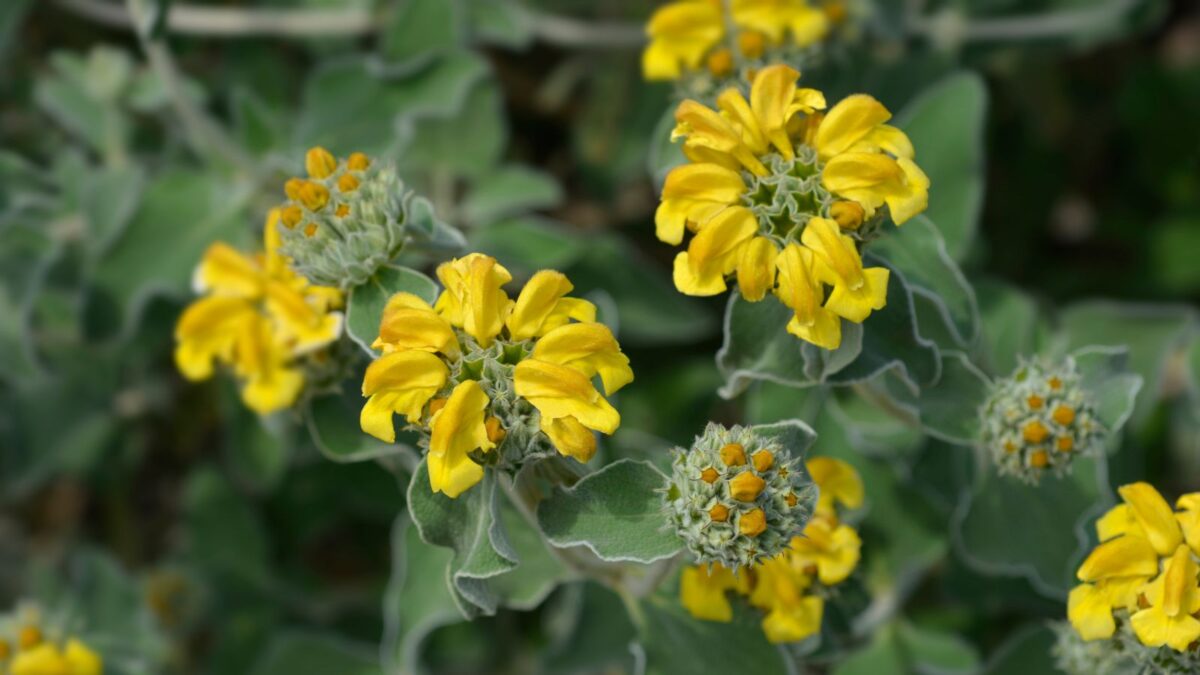
Image credit: Depositphotos.
Shrubby, mounding Jerusalem sage grows two to four feet tall and three to five feet wide. From late spring to late summer, the drooping tubular flowers bloom in tiered spikes, somewhat like snapdragons. The soft, wooly, gray-green leaves remain evergreen in regions with mild winters.
A native of the Mediterranean region, Jerusalem sage grows in zones 5-10. It performs best in full sun and dry to moist, well-drained soil.
3. Black-eyed Susan (Rudbeckia hirta)
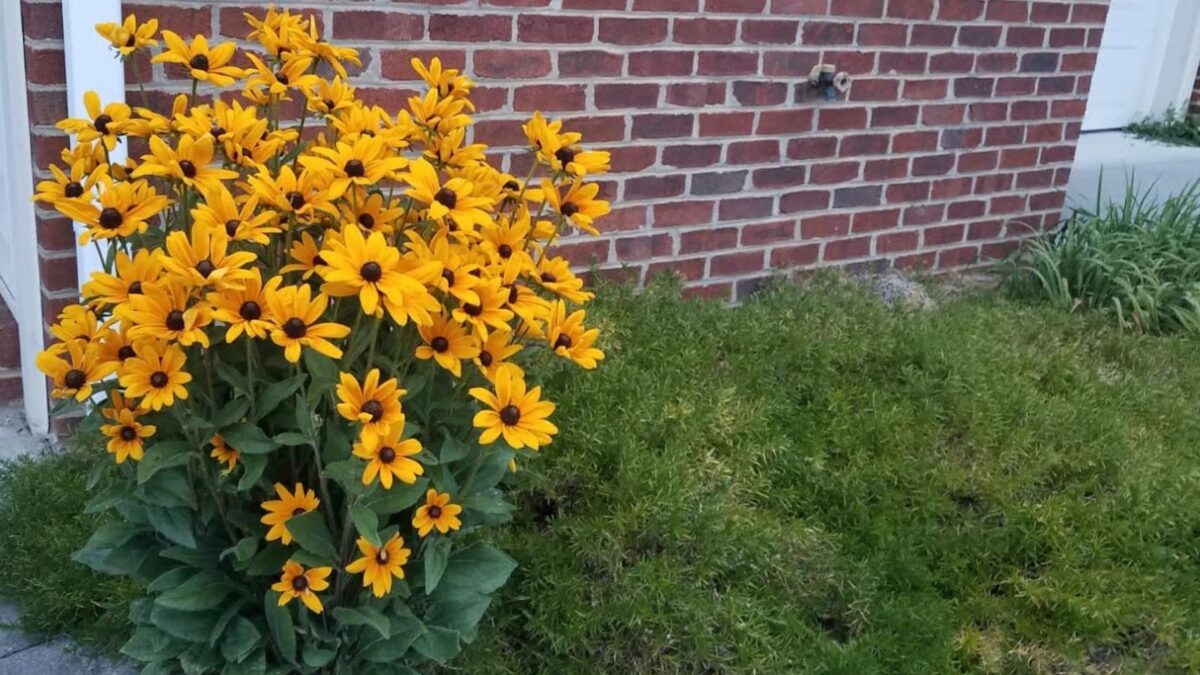
Image credit: Backyard Garden Lover.
From midsummer into fall, black-eyed Susan sends up its characteristic golden-rayed flowers with dark centers. These stunning blooms attract butterflies and other pollinators, and the seed heads feed songbirds in fall.
Black-eyed Susan thrives in moist, well-drained soil in full to part sun. It is hardy in zones 3-8.
4. Leopard’s Bane (Doronicum spp.)

Image credit: Depositphotos.
The bright, daisy-like flowers of leopard’s bane bloom on sturdy stems in spring and make wonderful cut flowers. With 38 species available, some characteristics will vary, with heights ranging from under one foot to as tall as four feet. The leaves are typically heart-shaped and serrated.
Intolerant of heat and humidity, leopard’s bane grows best in zones 4-7, though it may be treated as an annual in warmer areas. It prefers moist, well-drained soil in part shade.
5. Hardy Ice Plant (Delosperma nubigenum)
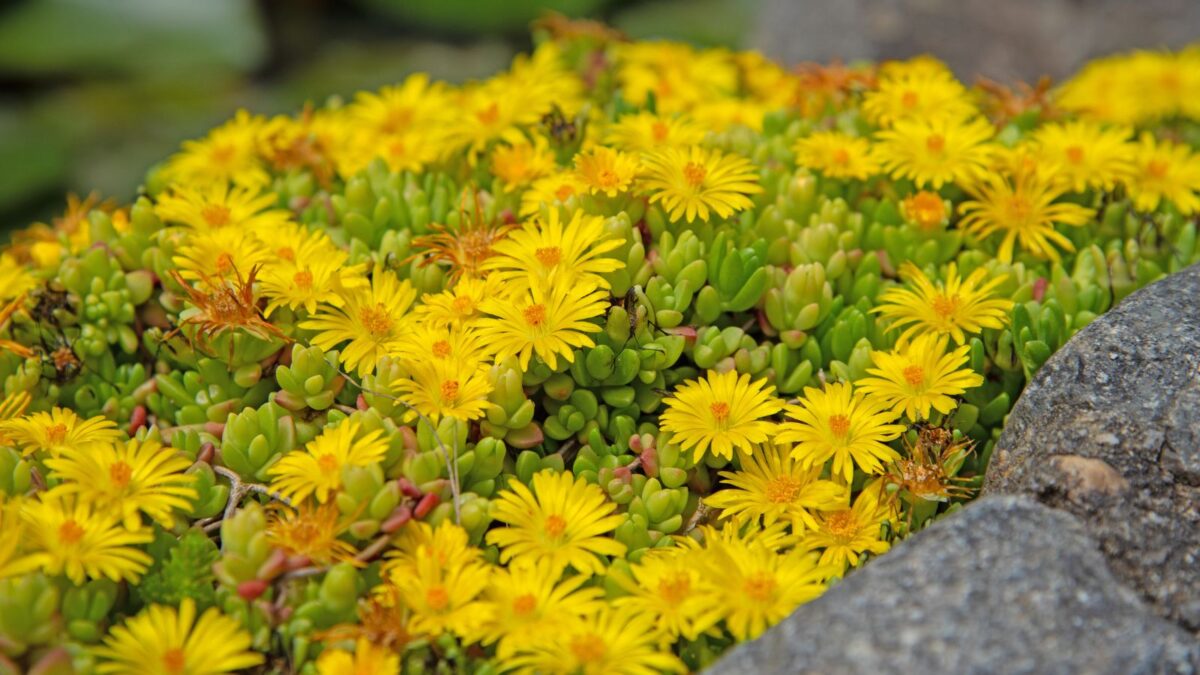
Image credit: Depositphotos.
In spring, small, narrow-petaled flowers cover the low-growing hardy ice plant. Its thick, fleshy, bright green leaves provide interest year-round, taking on a reddish tinge in the colder months. At just three inches tall, this spreading plant makes an excellent ground cover for rock gardens.
Hardy ice plant grows best in zones 6-9 in full to part sun and well-drained soil. It tolerates drought and salt.
6. Yarrow (Achillea spp.)
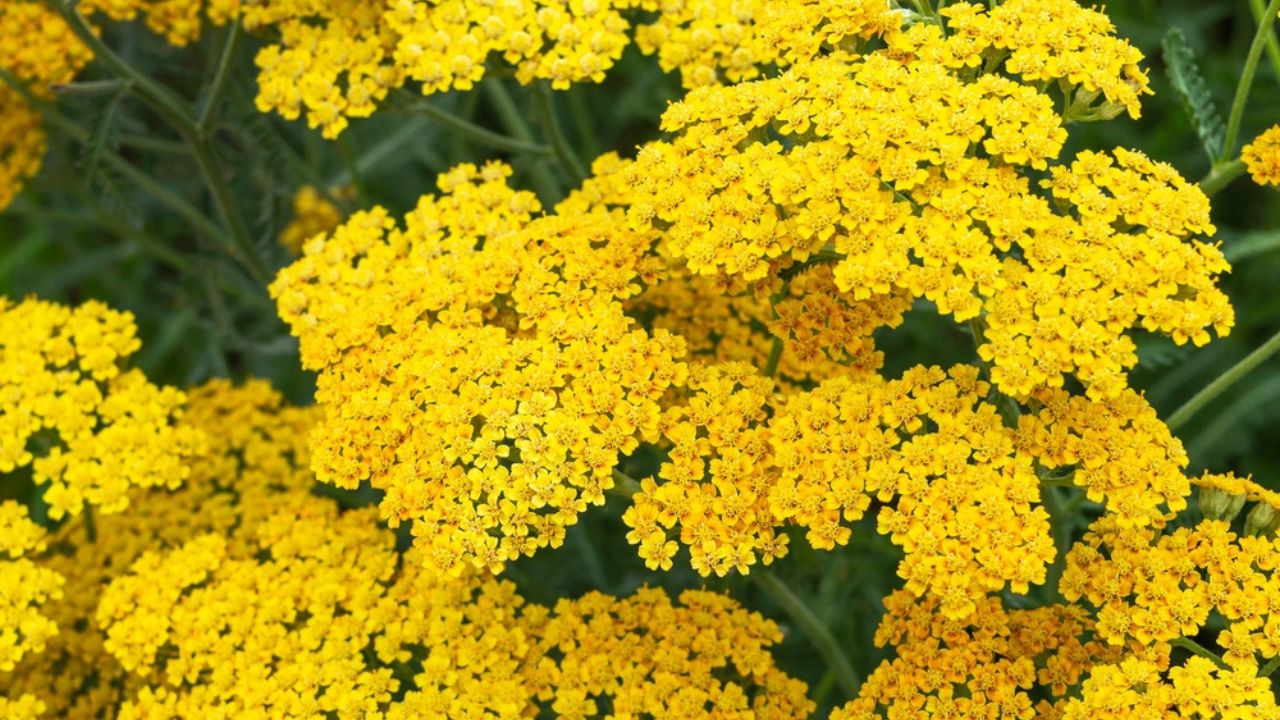
Image Credit: Shutterstock.
The dense, flat-topped flower clusters of yarrow bloom in summer above soft, ferny foliage. These long-lasting flowers work equally well in fresh and dried arrangements, and the fragrant foliage retains its scent when dried.
A hardy plant, yarrow tolerates drought, heat, humidity, and poor soils. It grows in zones 3-9 and requires good drainage and full to part sun.
7. Basket-of-gold (Aurinia saxatilis)
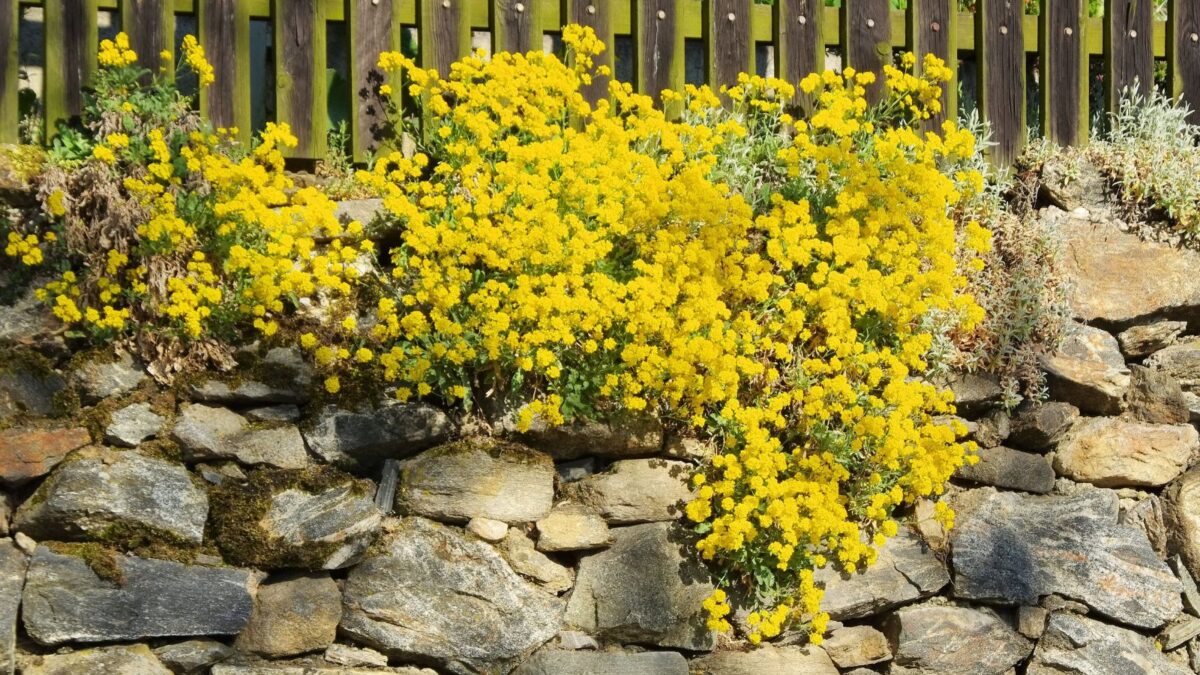
Image credit: Depositphotos.
Basket-of-gold produces masses of spring flowers that look beautiful cascading over a stone wall. Underneath the blooms is a low, spreading mound of velvety, gray-green leaves that remain attractive long after the flowers fade.
For best results, plant basket-of-gold in full sun and average to sandy soil with good drainage. It is hardy in zones 3-7.
8. Sneezeweed (Helenium spp.)
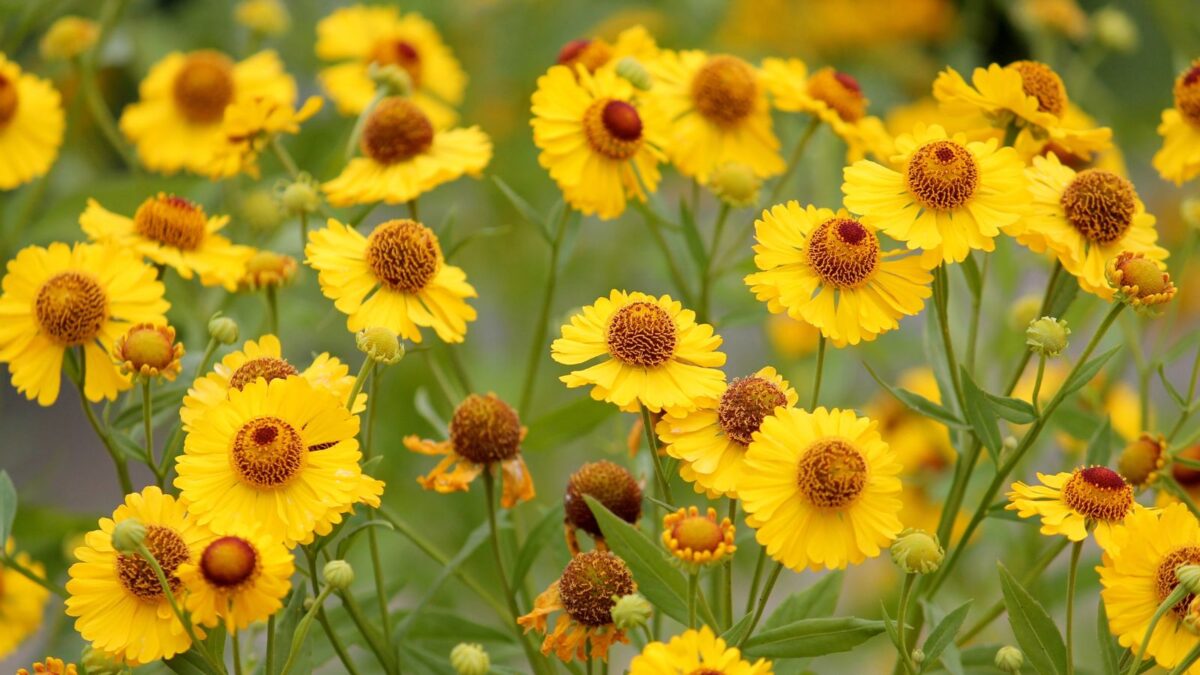
Image credit: Depositphotos.
The sunny petals of sneezeweed each have three lobes, giving them the appearance of a duck’s foot, and often point downward to create a cone-shaped flower. This North American wildflower grows one to three feet tall with alternate, lanceolate leaves.
Sneezeweed grows in zones 3-9 and prefers full sun and rich, moist soil with good drainage.
9. Swamp Sunflower (Helianthus angustifolius)
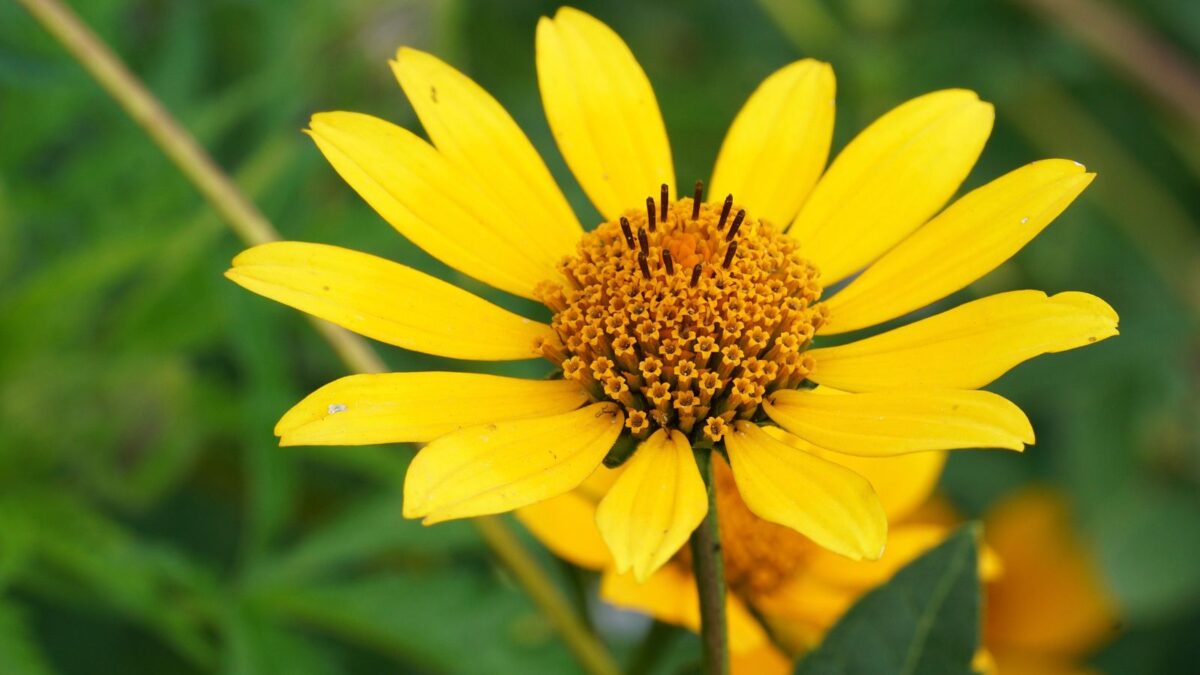
Image credit: Depositphotos.
Towering up to eight feet tall, the swamp sunflower makes for a stunning back border or meadow plant, though shorter cultivars are also available. Its daisy-like flowers bloom in mid- or late summer and continue into fall, attracting both pollinators and songbirds.
This native wildflower thrives in zones 5-9 and prefers moist to wet soil in full sun.
10. Eastern prickly pear (Opuntia humifusa)
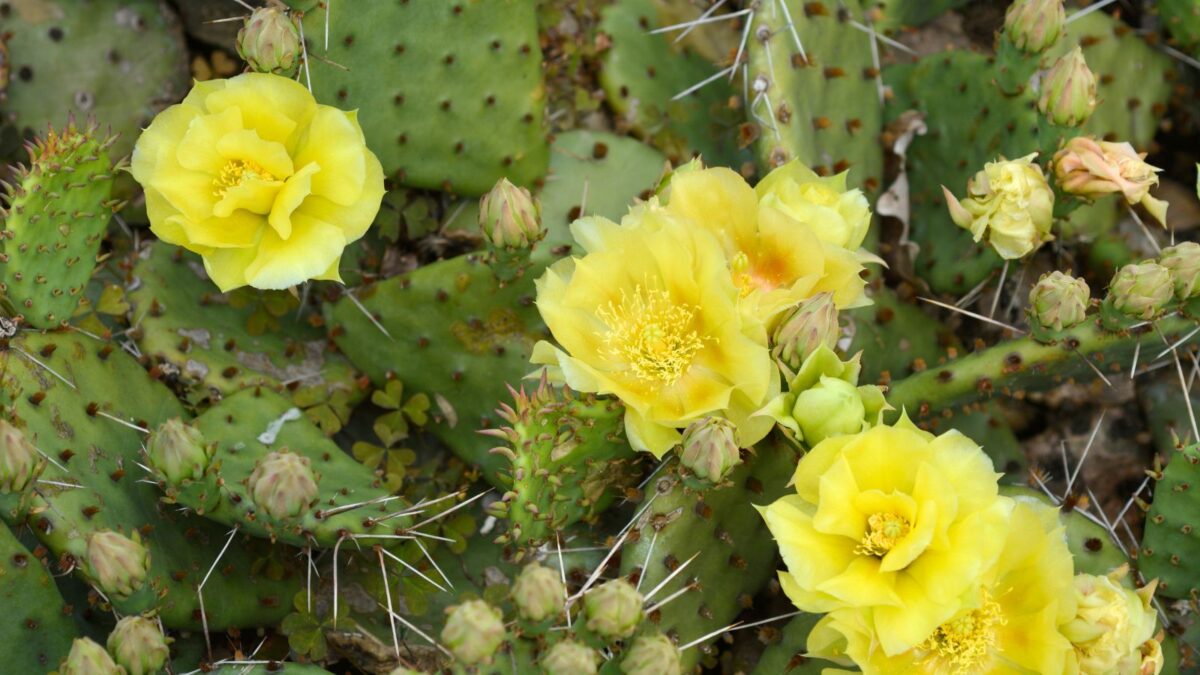
Image credit: Depositphotos.
A cactus native to eastern North America, eastern prickly pear produces lovely yellow flowers, sometimes with reddish centers, in early spring to early summer. It has flattened, segmented, often spiny stems that grow in sprawling clumps up to a foot tall.
Eastern prickly pear thrives in sandy or rocky soils and requires full sun and excellent drainage. It grows in zones 4-9.
11. Sundrops (Oenothera fruticosa)
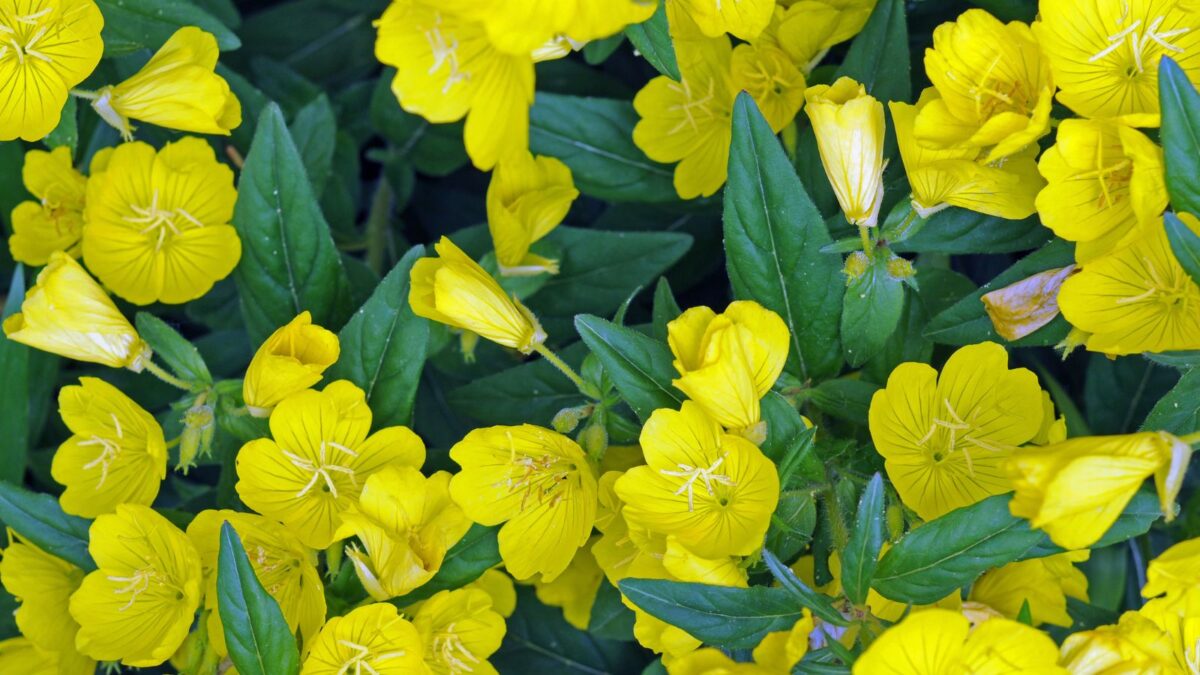
Image credit: Depositphotos.
Also called narrow-leaf evening primrose, sundrops is a day-blooming member of the evening primrose family. Though short-lived, the cup-shaped flowers bloom in succession throughout spring and summer. This plant grows just over a foot tall and spreads rapidly without becoming aggressive.
Sundrops grow best in dry, well-drained soil in full sun. This native flower is hardy in zones 4-8 and may retain a rosette of purplish-green leaves through the winter in southern areas.

